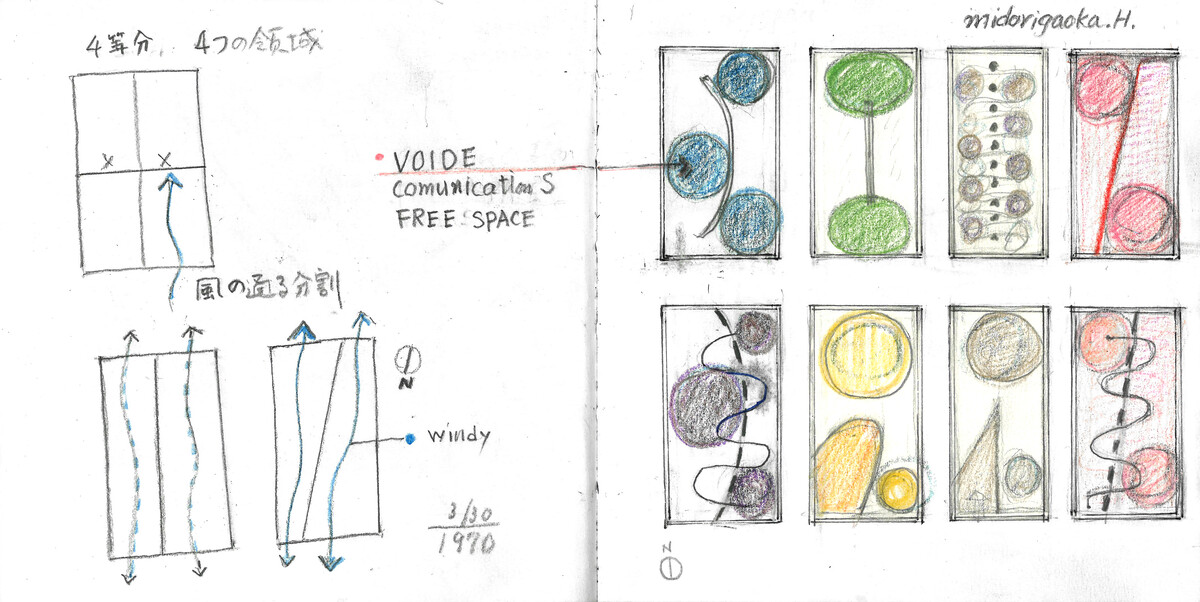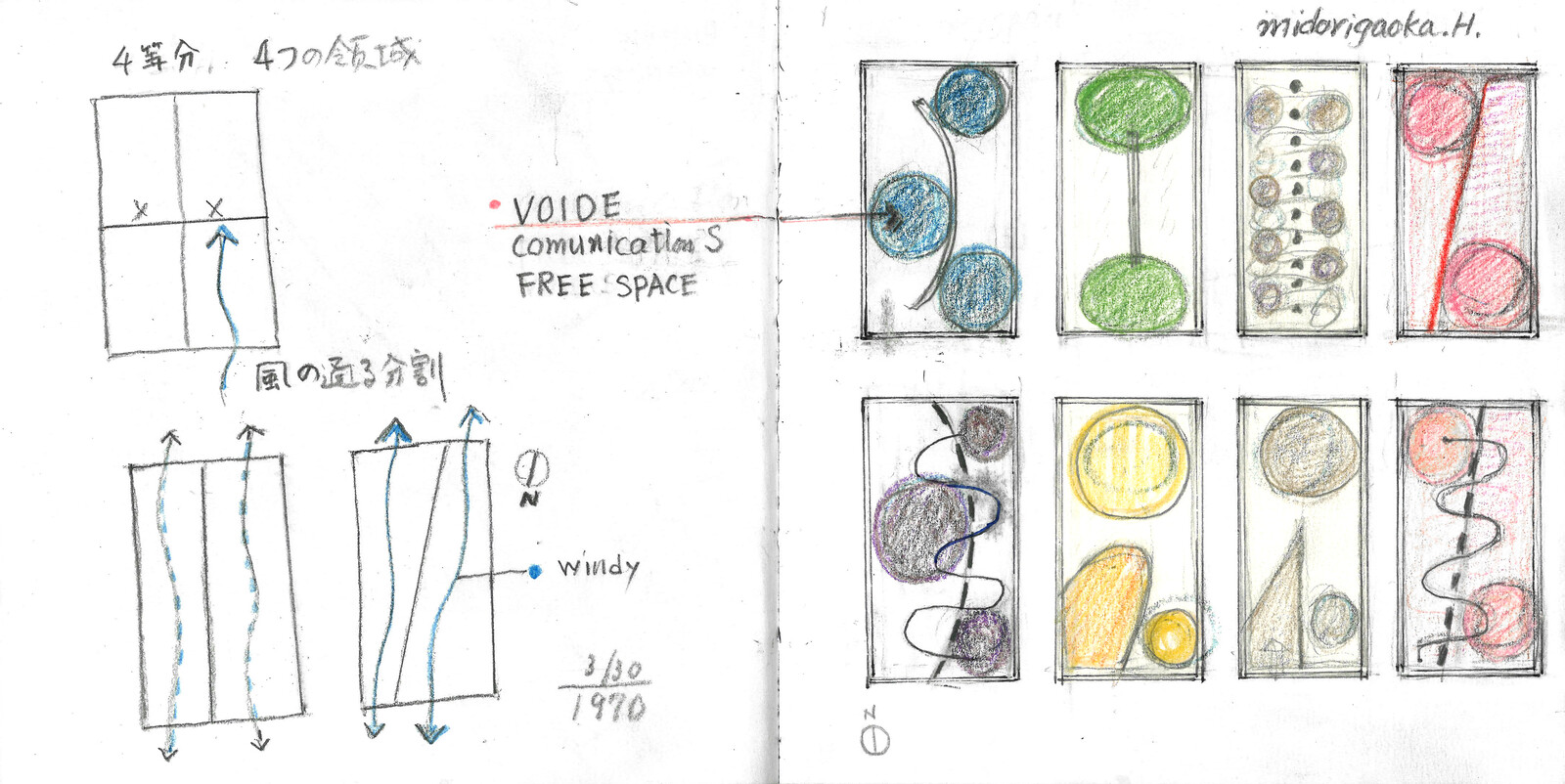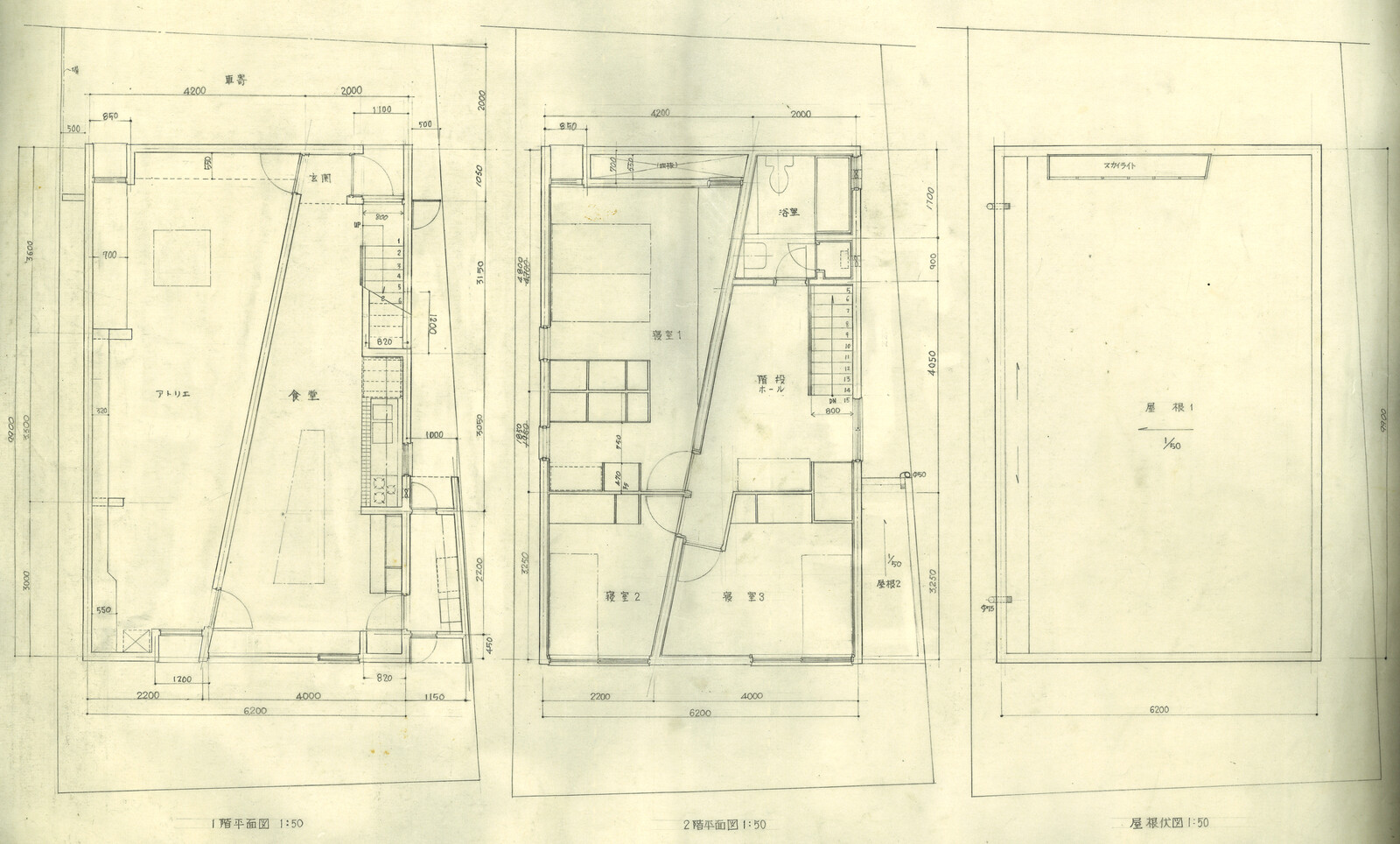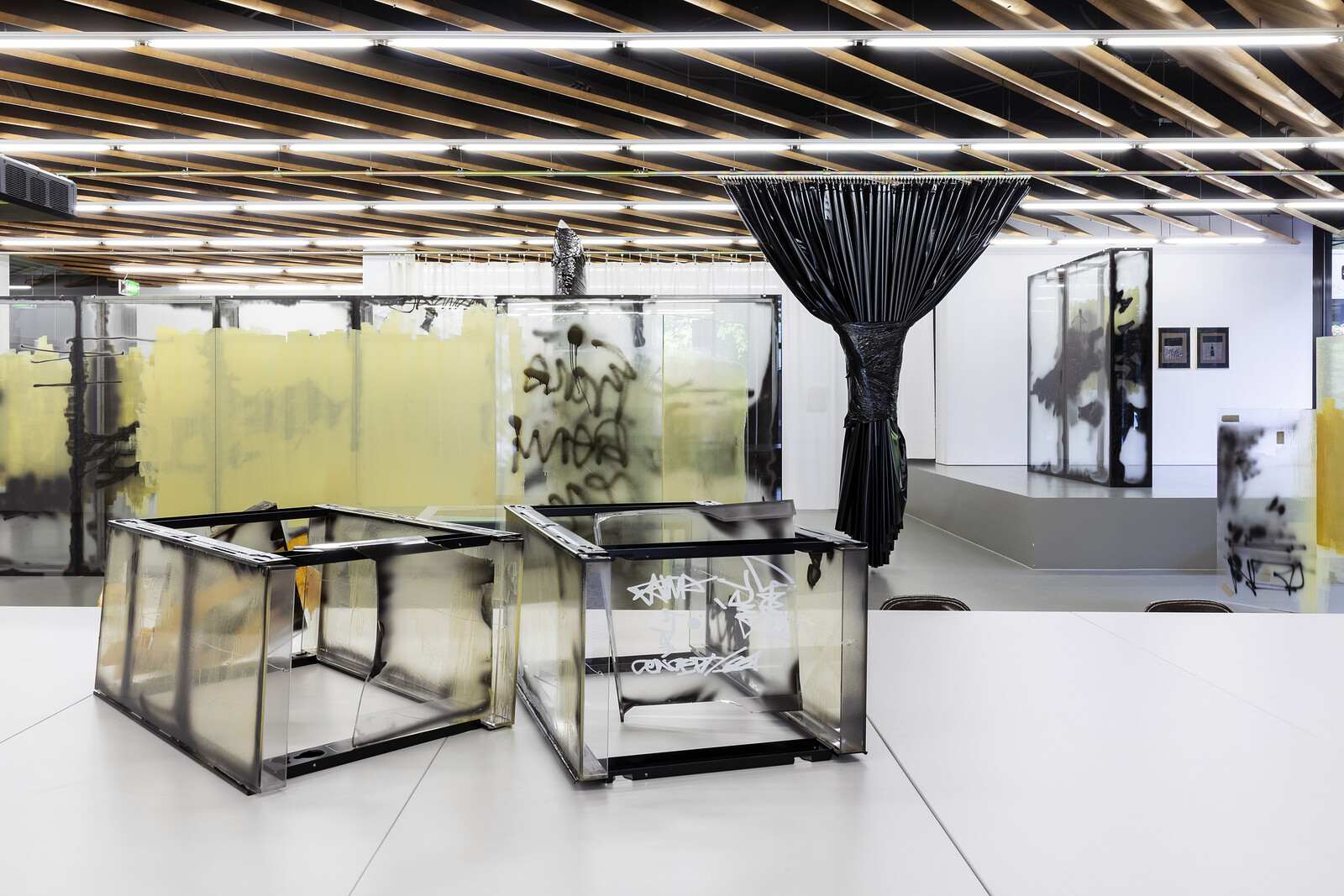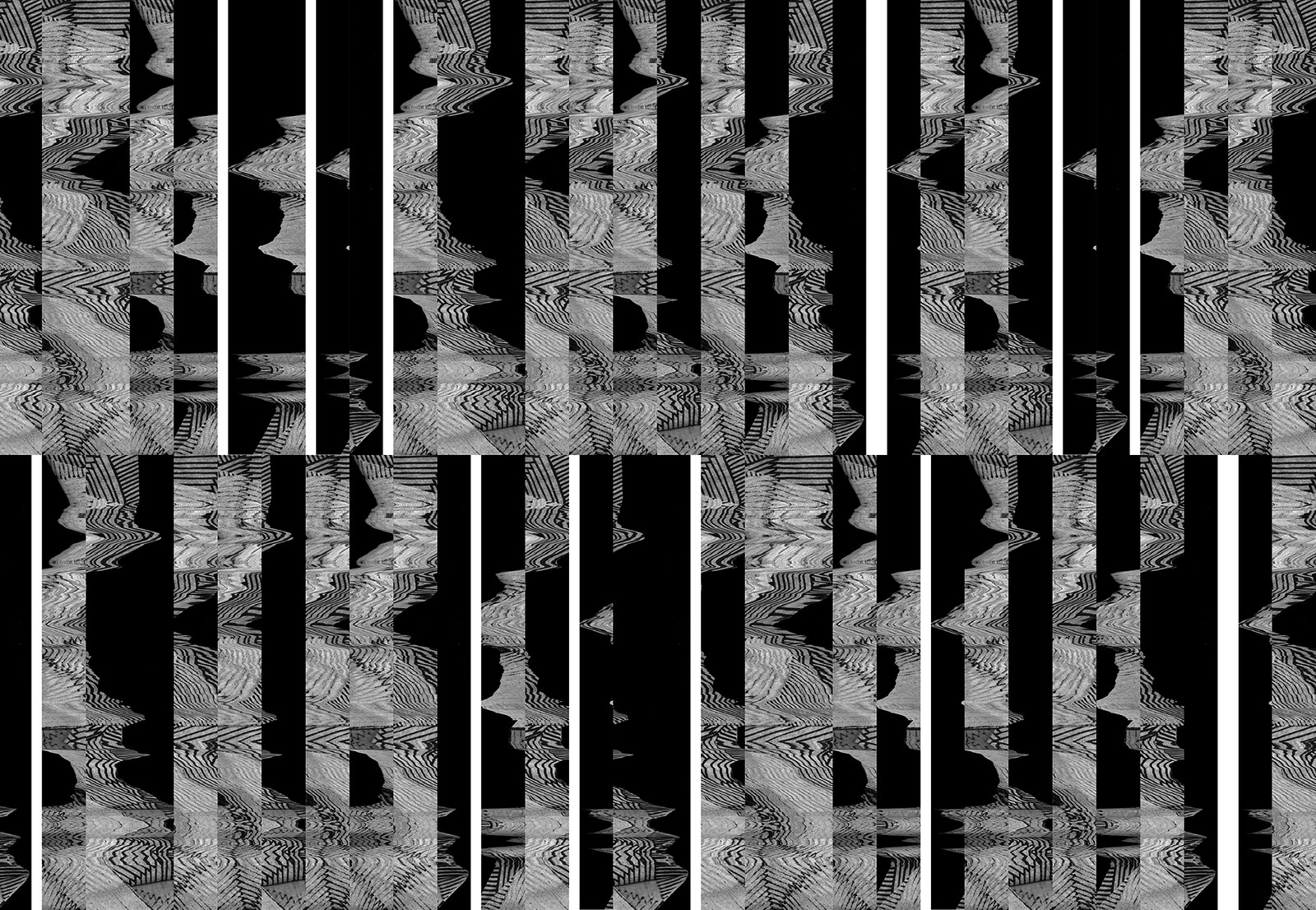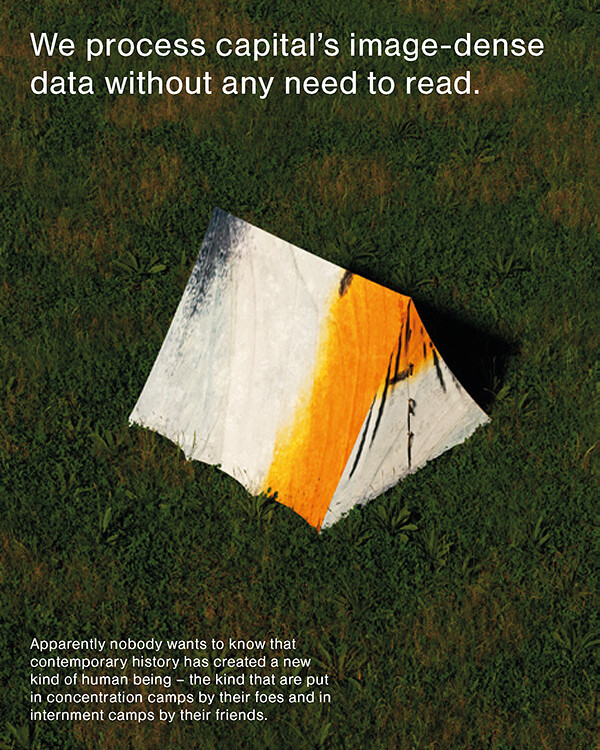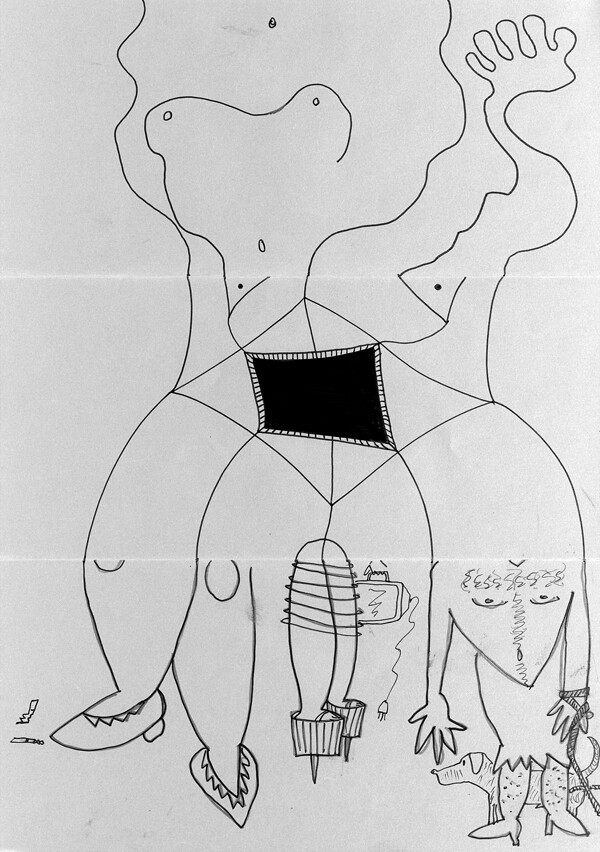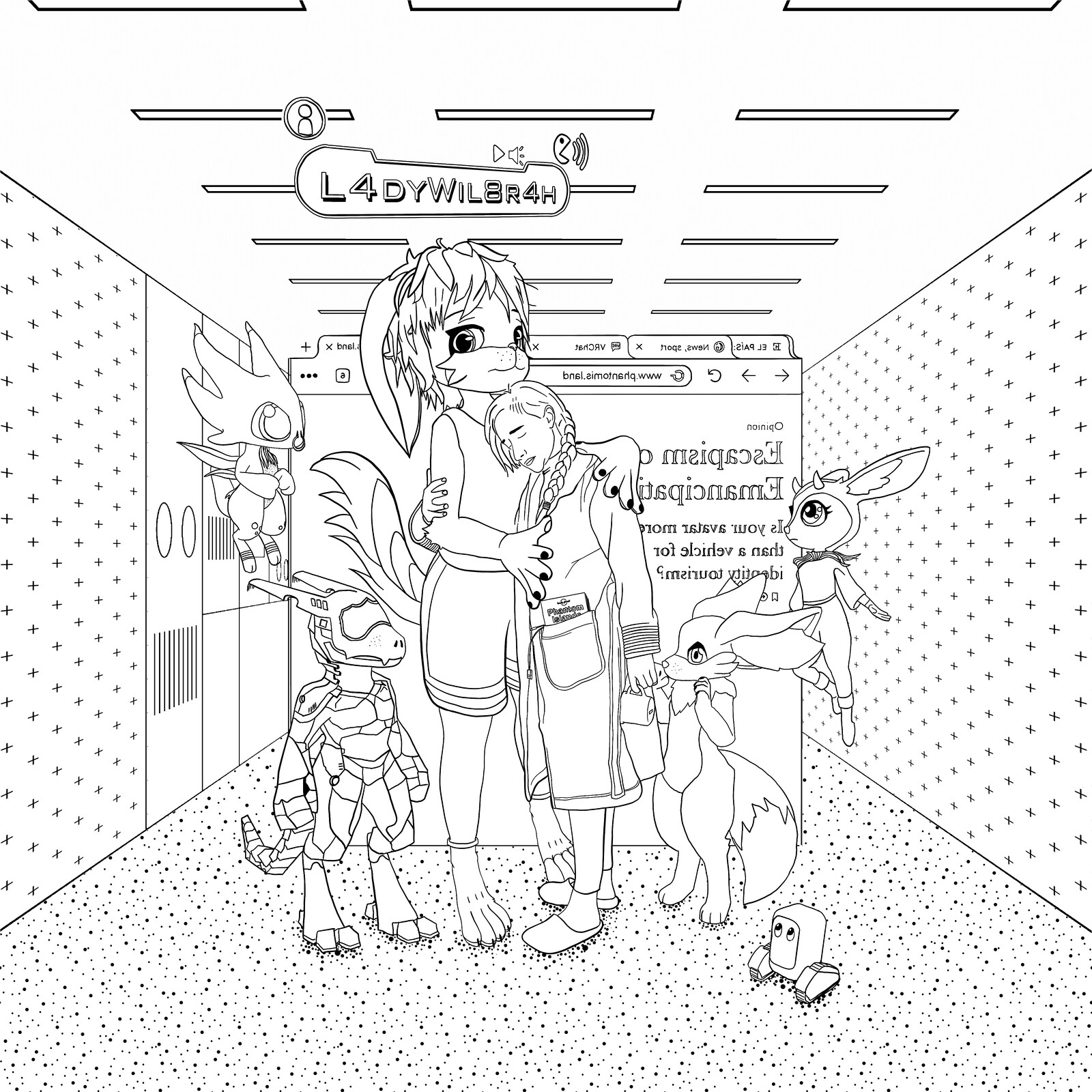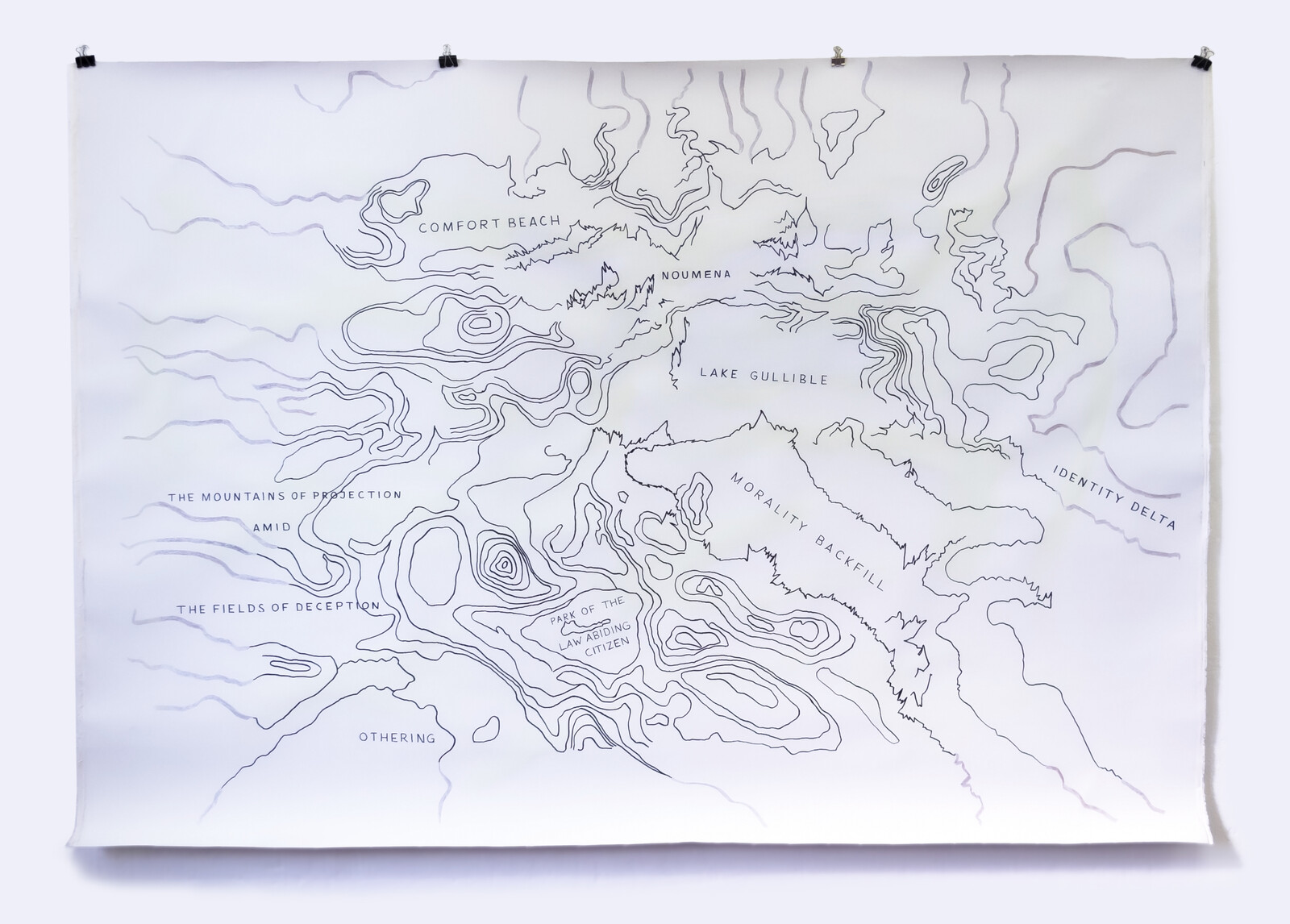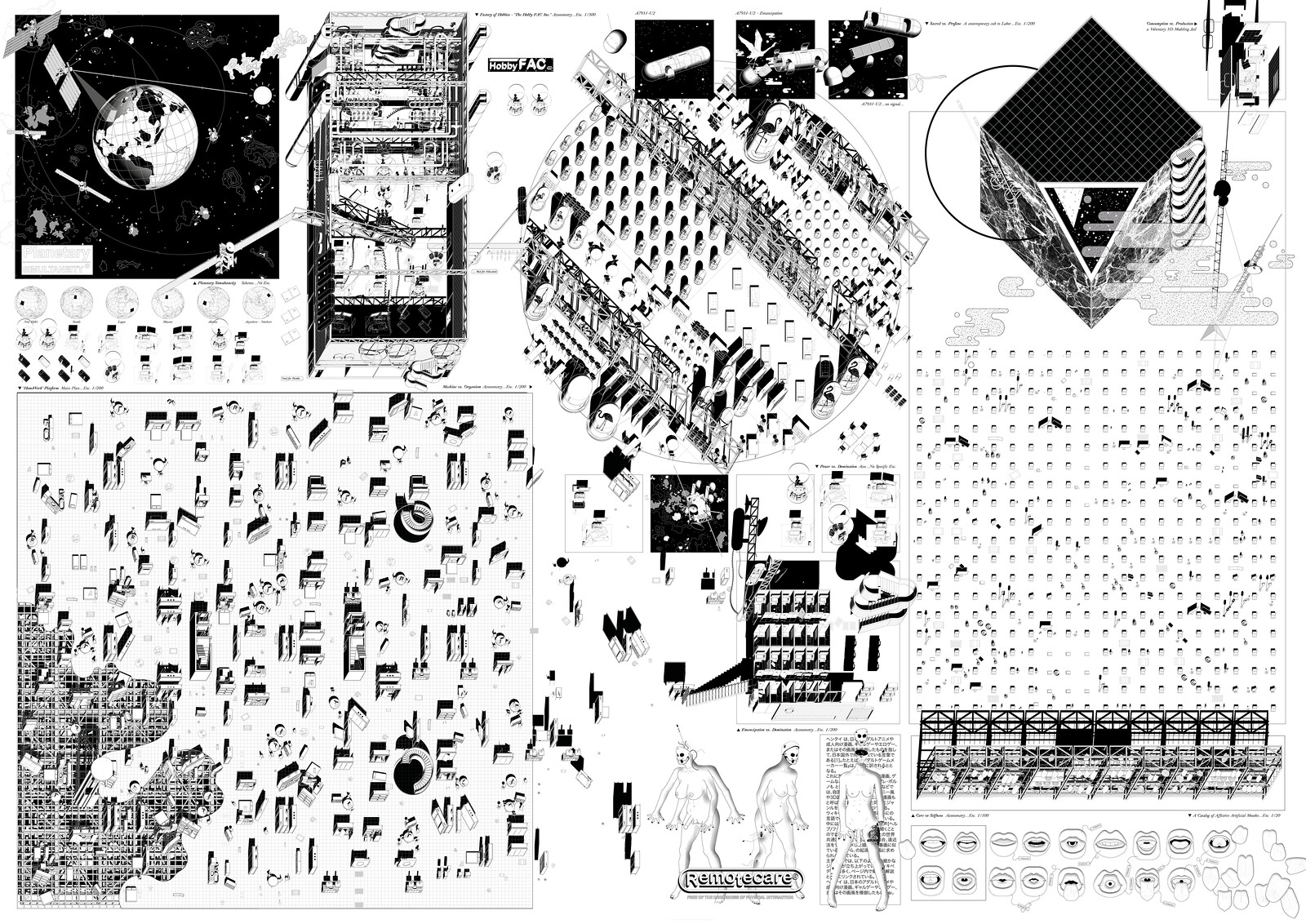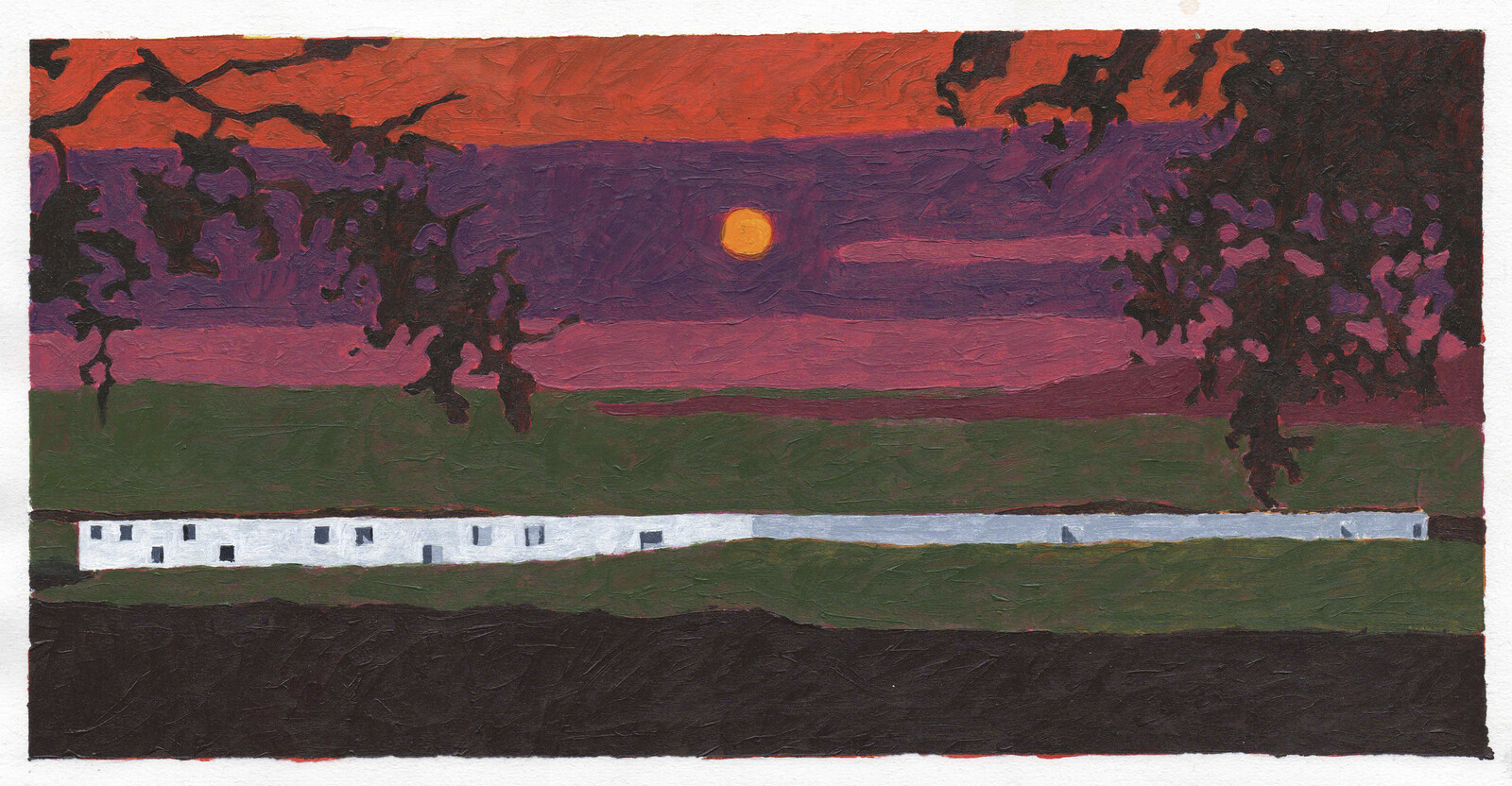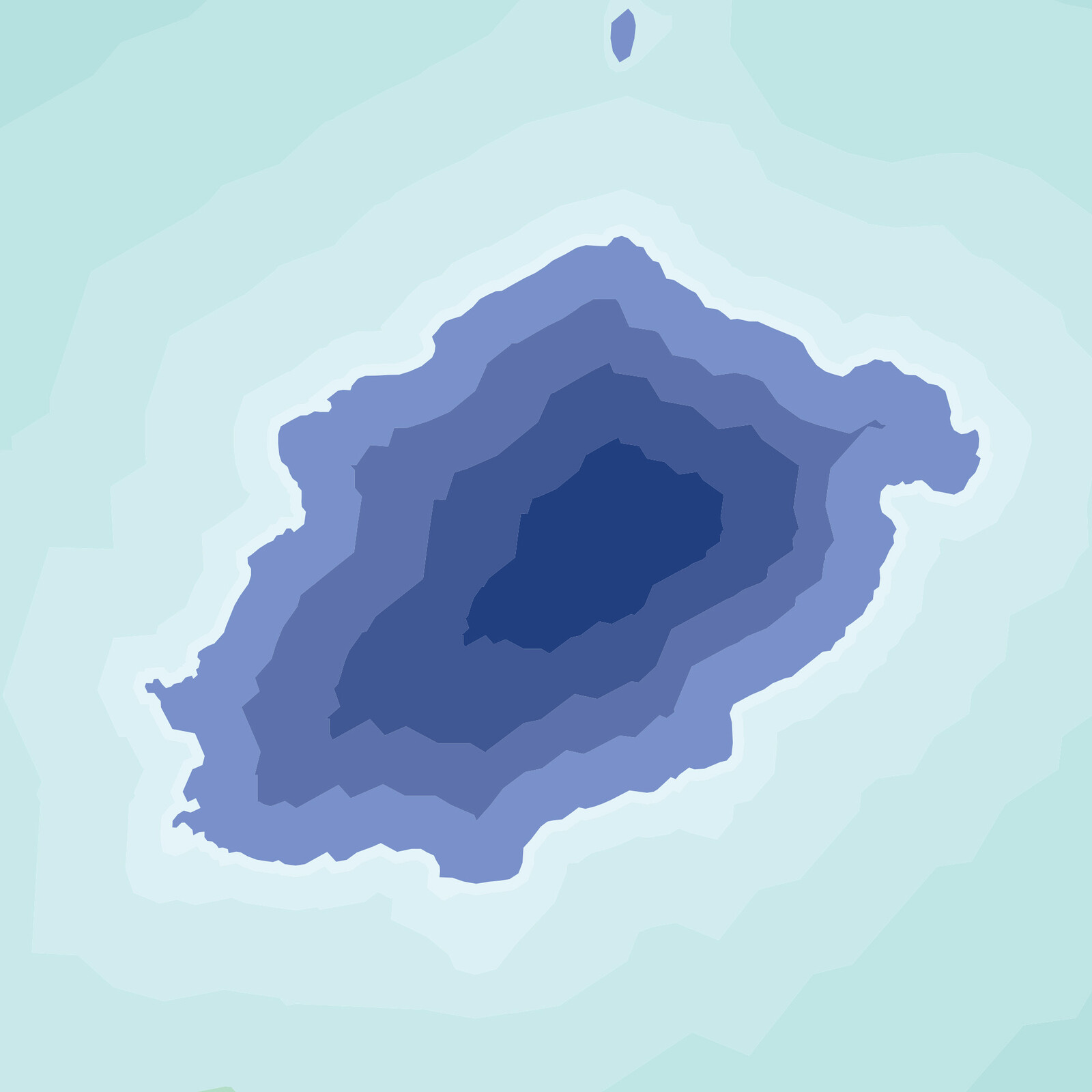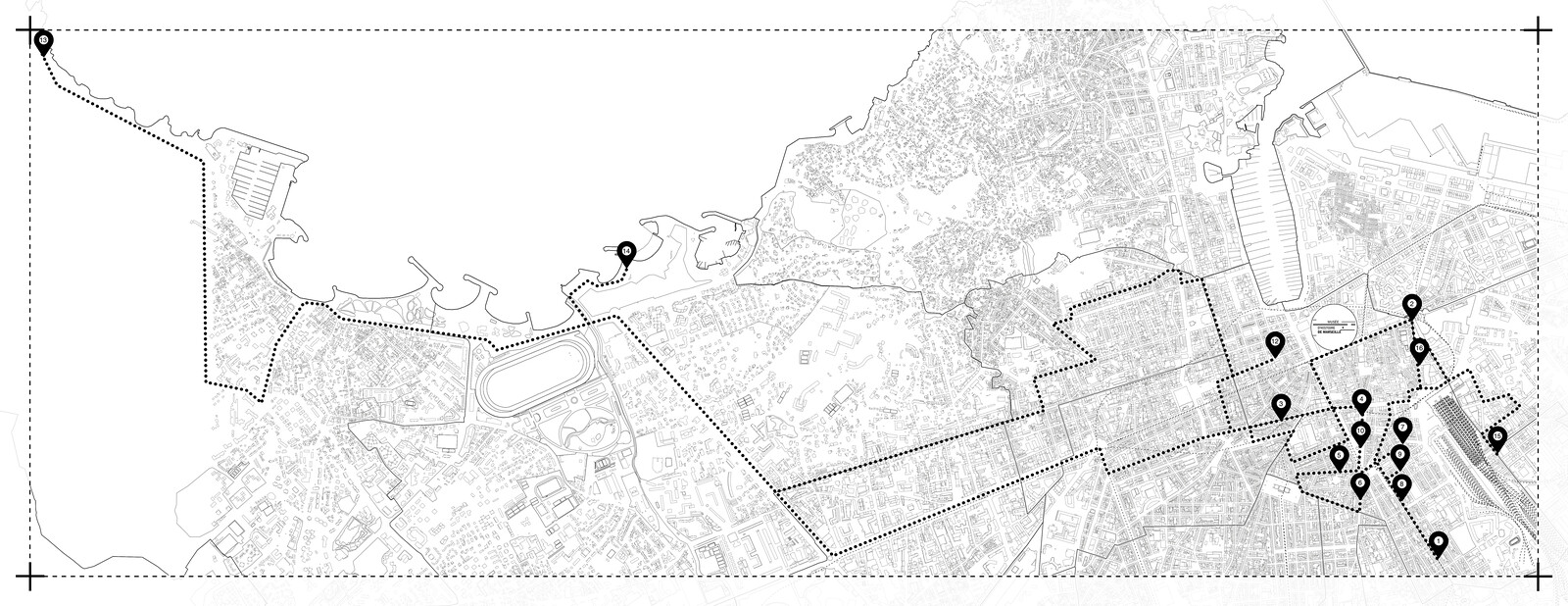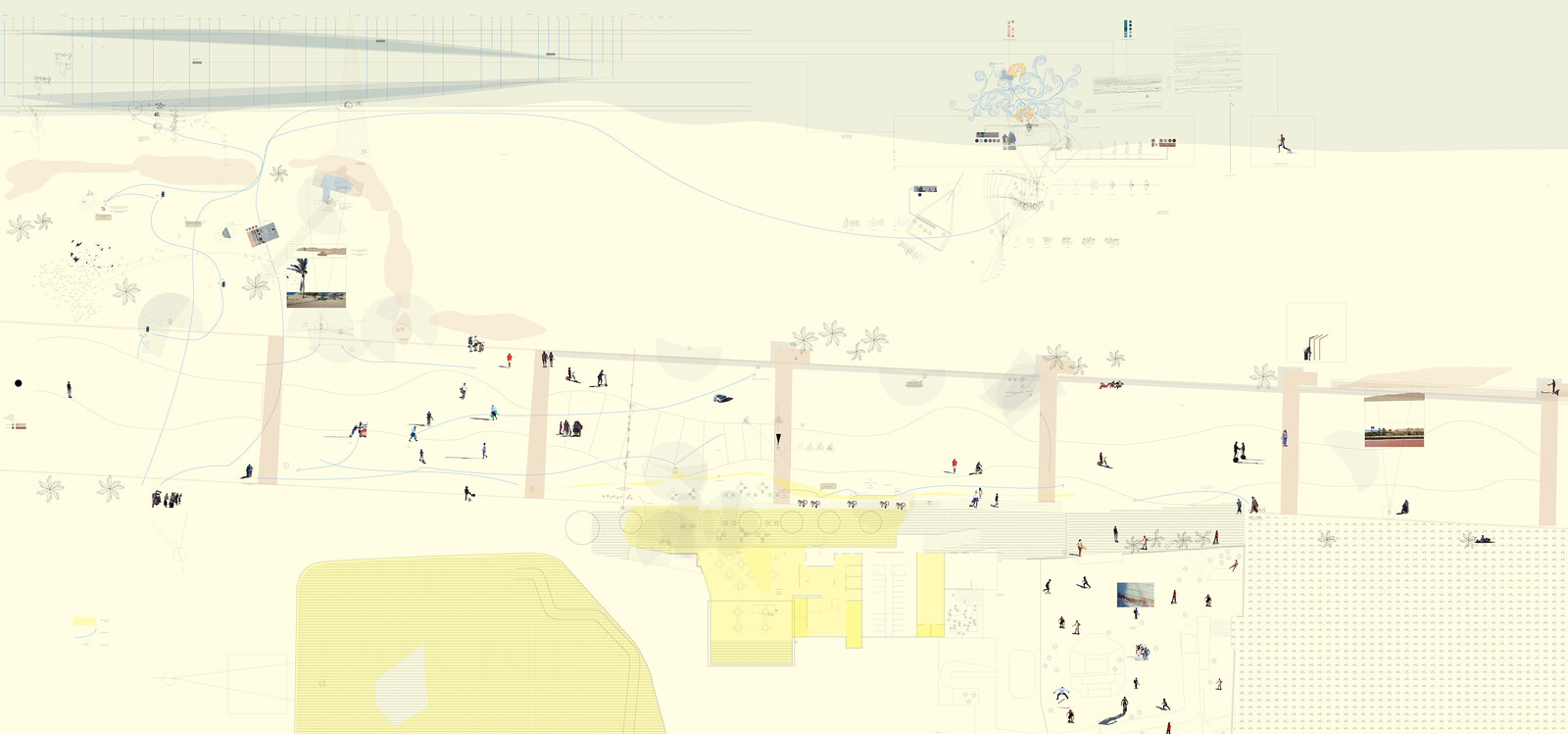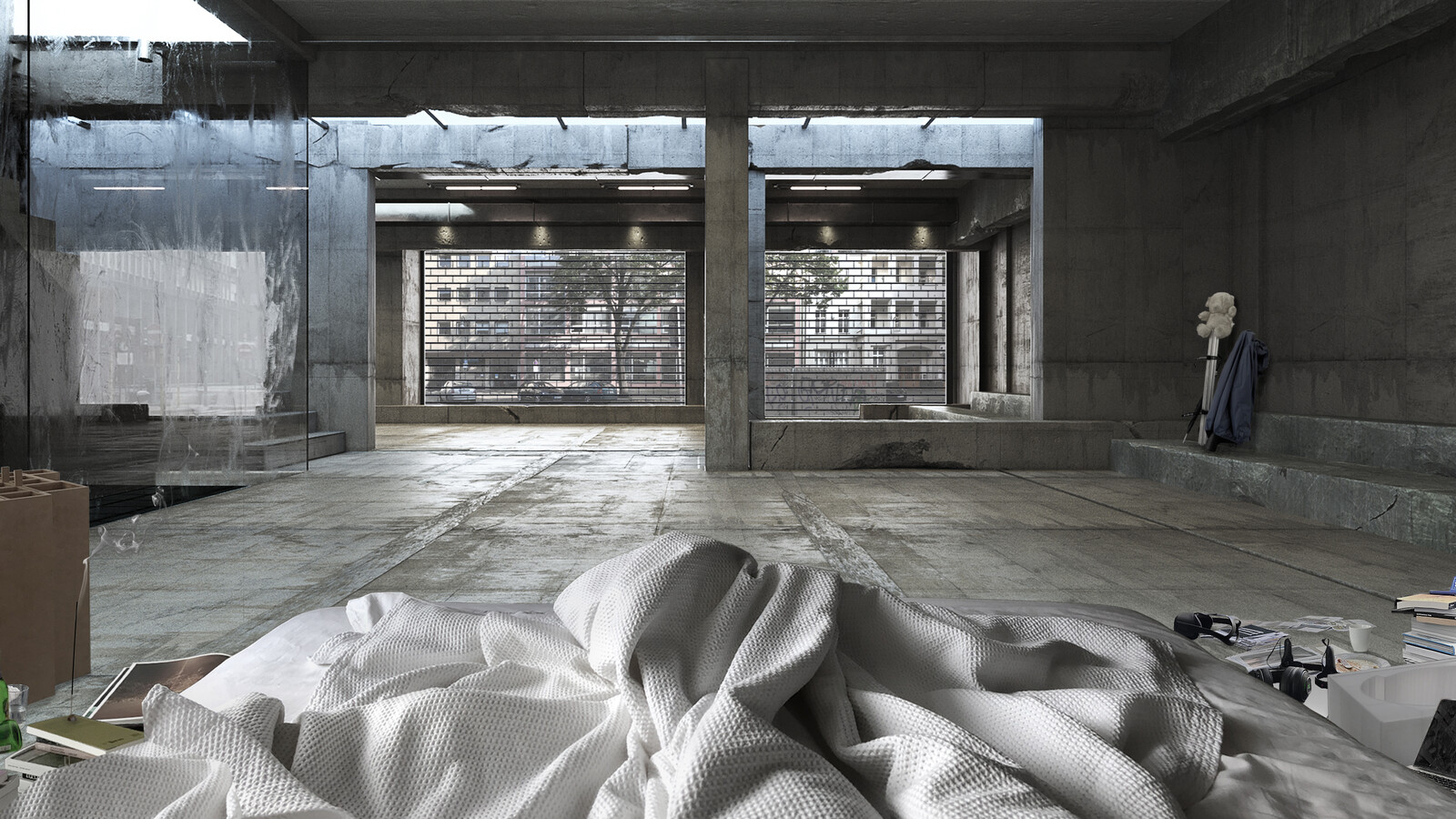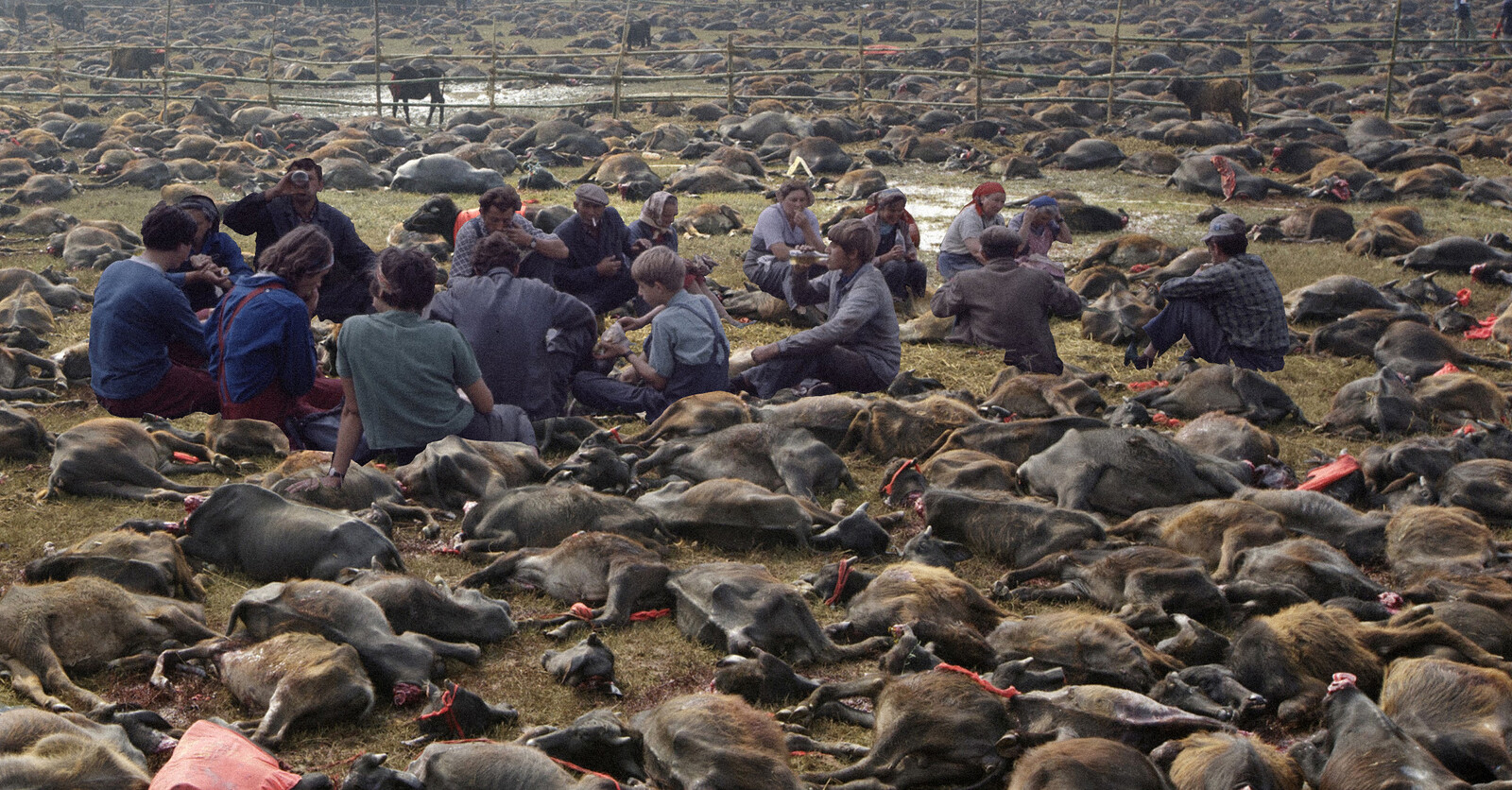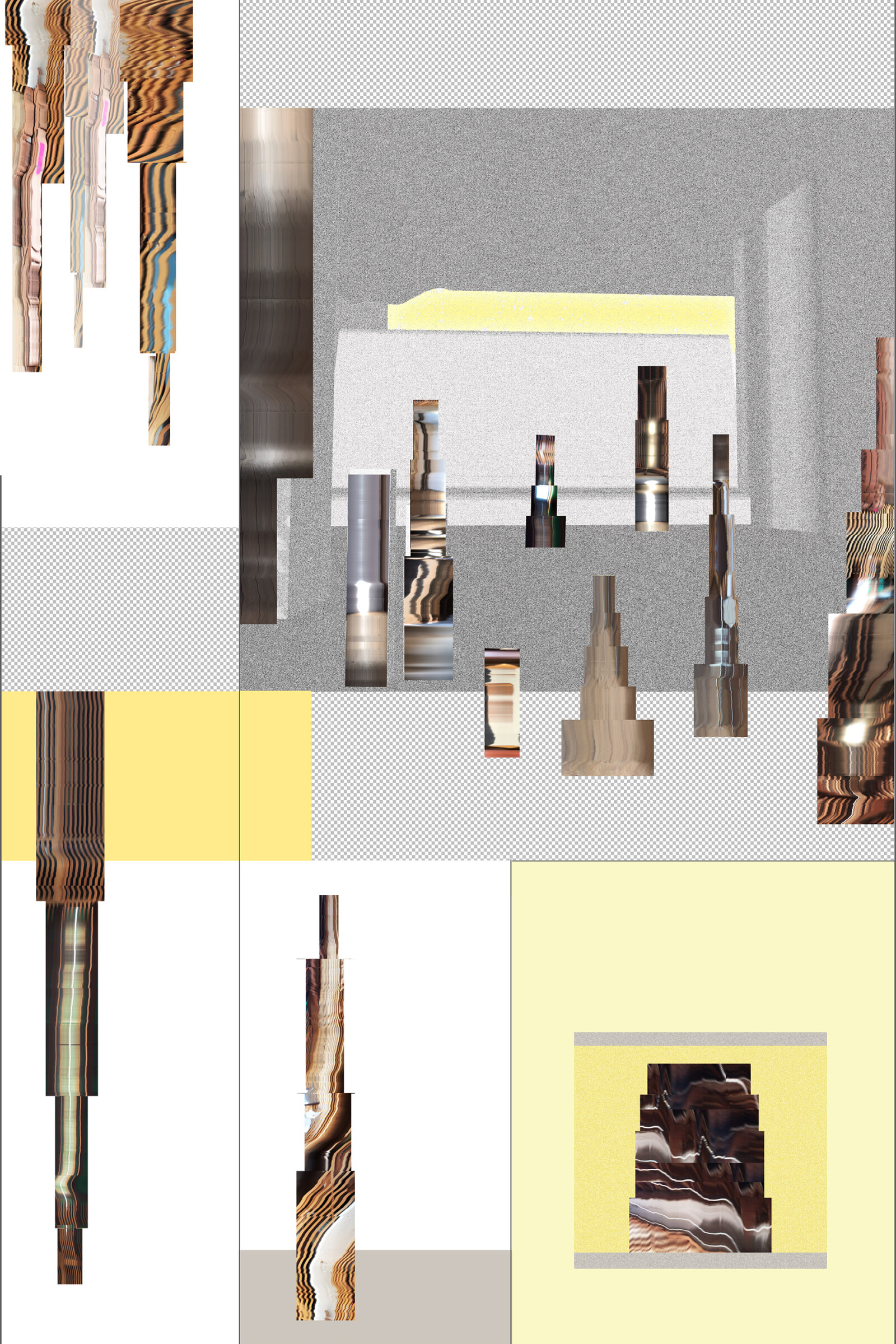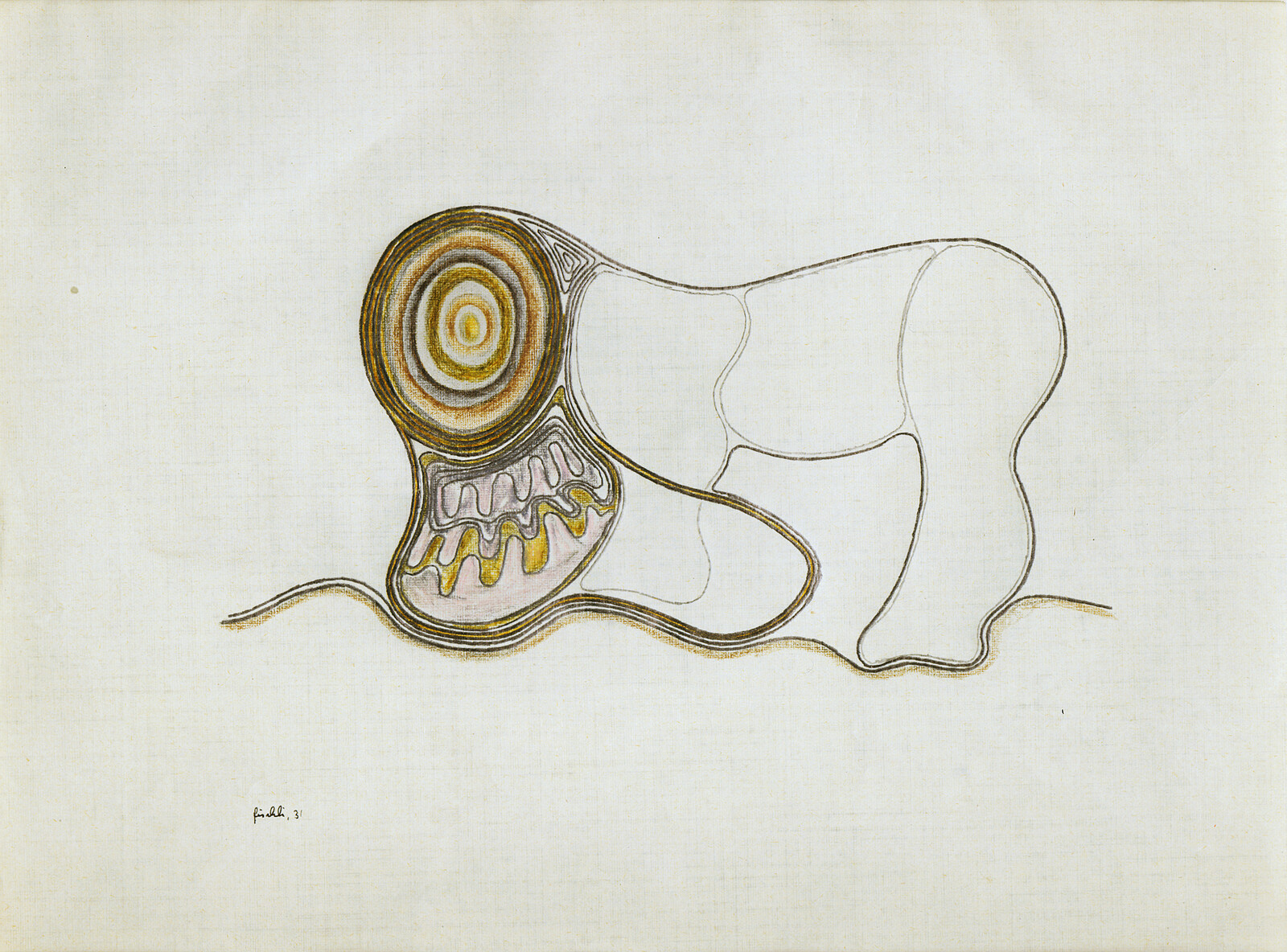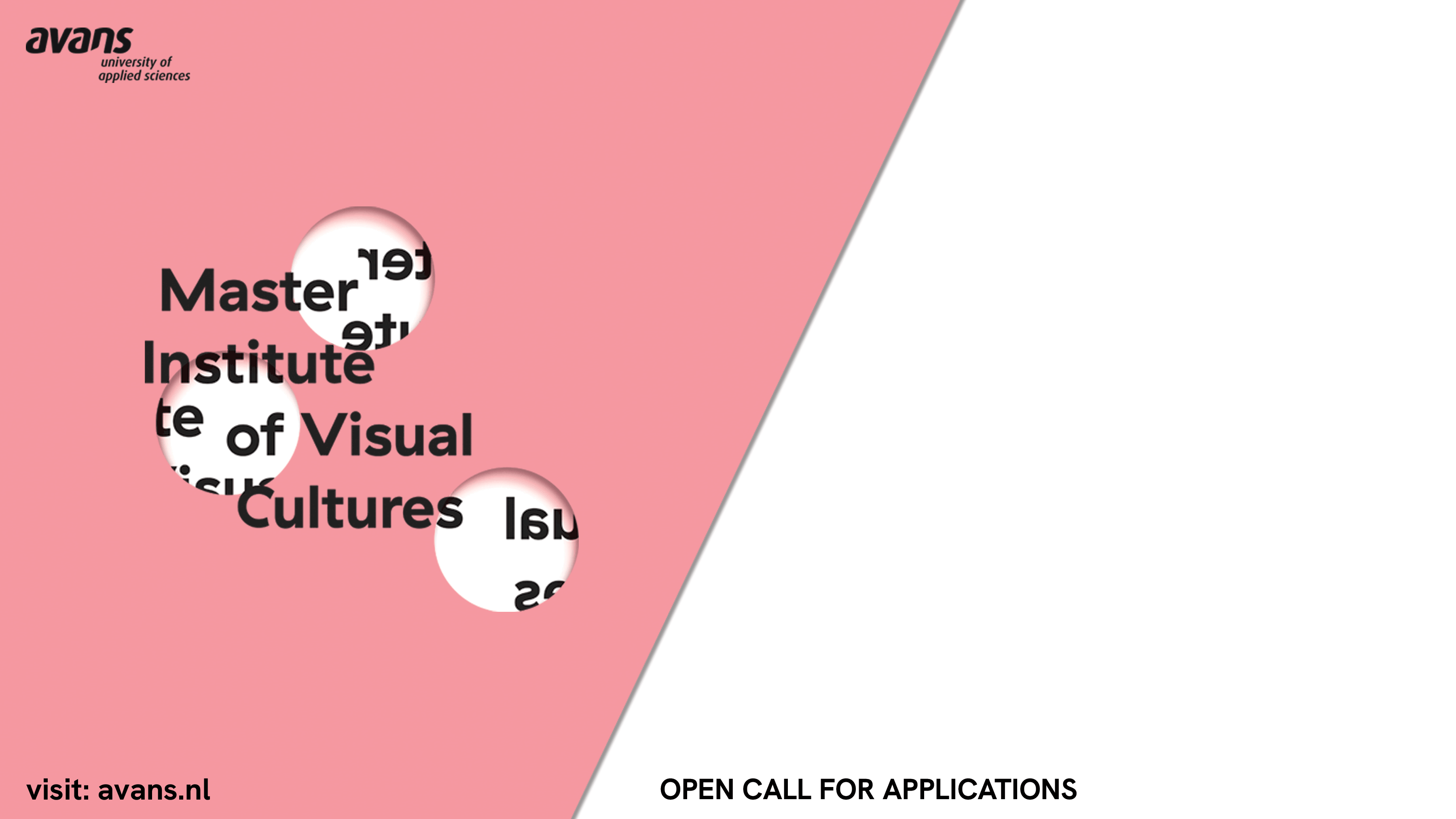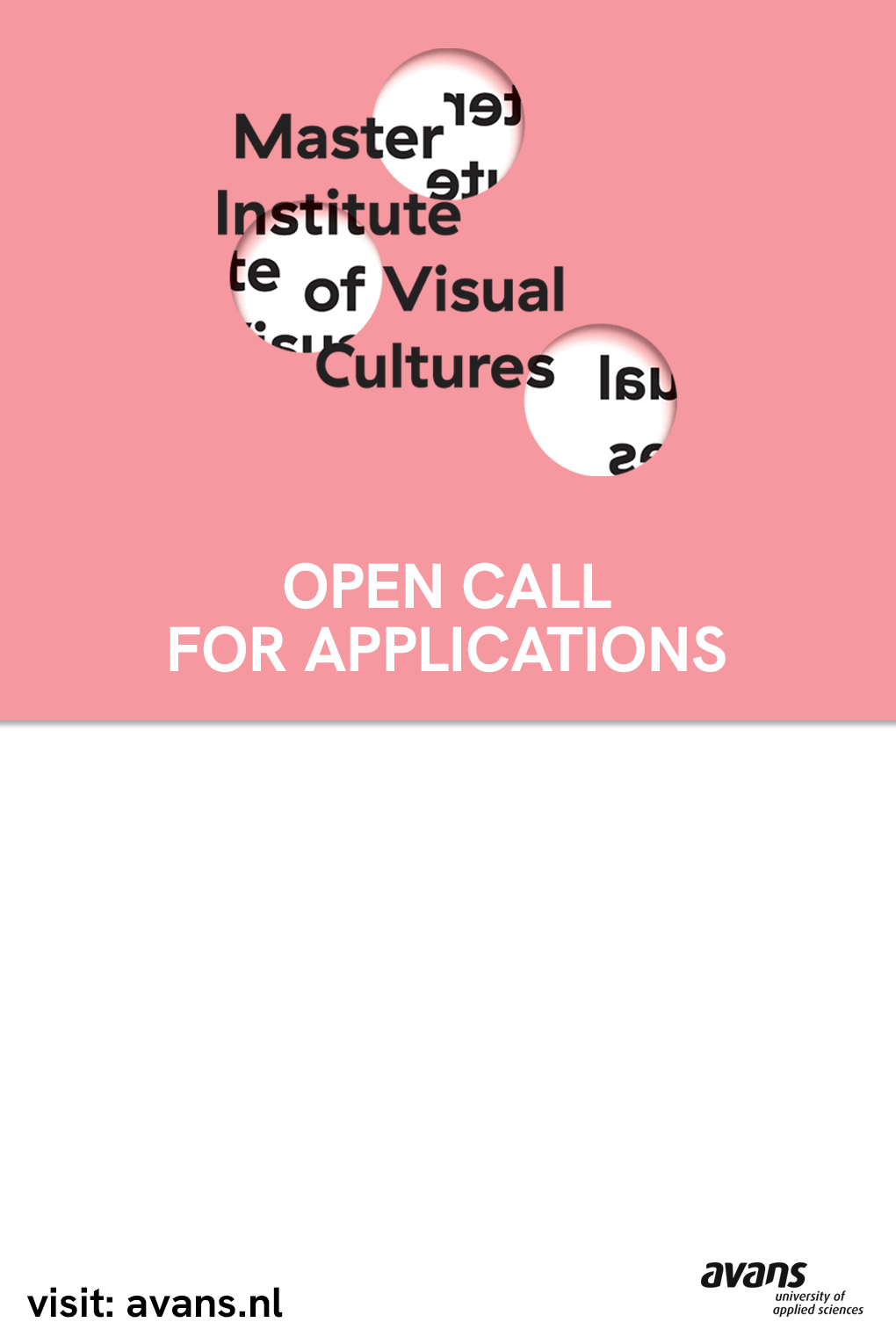To build a public building was to create a place for citizens to gather. To build a house was to create a place for a family and friends to be together. That’s how these places were expected and that’s how we designed them. After 3/11 (the Great East Japan Earthquake) struck Japan, human connection became the center of society’s needs and desire.
But since the Covid-19 pandemic, our life and work changed completely and thoroughly. Urban spaces and buildings will need to be pro-ecological. Clearly, new types of building and housing will be needed. But I am not yet ready to present a drawing for what is to come in the post-corona world.
What I would like to present instead is what occupied my mind when designing a small detached house in the early days of my architectural career. It is about distance. When architects were engaged with nothing but the notion of space, I was occupied with the notion of distance among people and also the notion of time.
The Plan
A long distance. If something was long enough to create a blankness, would that not mean that an act of separation could deprive things therein of thickness and therefore of meaning? A longer distance would then make things more transparent with more blanks and make the state of things more real. That’s what I thought of as an equipment (to design a house).
With the idea of “a long distance” I introduced a means of separating human beings as subjects from the physicality and muteness of architecture, thus keeping them both autonomous. My aim was to let the two entities that have no dialogue come close and react to each other, which would hopefully generate a new meaning. A dialogue works by interpreting content in a thing as an object and signifying it. The representation of that content involves primitive sensibilities deriving from habits or experiences.
The more sealed architecture is, the less it allows for a dialogue. The more intimate and responsive the physical relationship between a thing as an object and a human being as a subject becomes, the more meaning the former begins to produce and alter the awareness of the latter. The relationship of the two entities would also create a condition where the subject can liberate its diverse functions. The act of separation closes off both the subject and the architecture, encloses them with walls, and provides the architecture with the image of a closed box. In a relationship, the architecture acquires the image of a box that’s partly open.
Confinement is a collaborative exhibition curated by gta exhibitions and e-flux Architecture, supported by the Adrian Weiss Stiftung and the ETH Zürich Foundation.
Translated from Japanese by Kayoko Ota.
Confinement is a collaborative exhibition curated by gta exhibitions and e-flux Architecture, supported by the Adrian Weiss Stiftung and the ETH Zürich Foundation.
